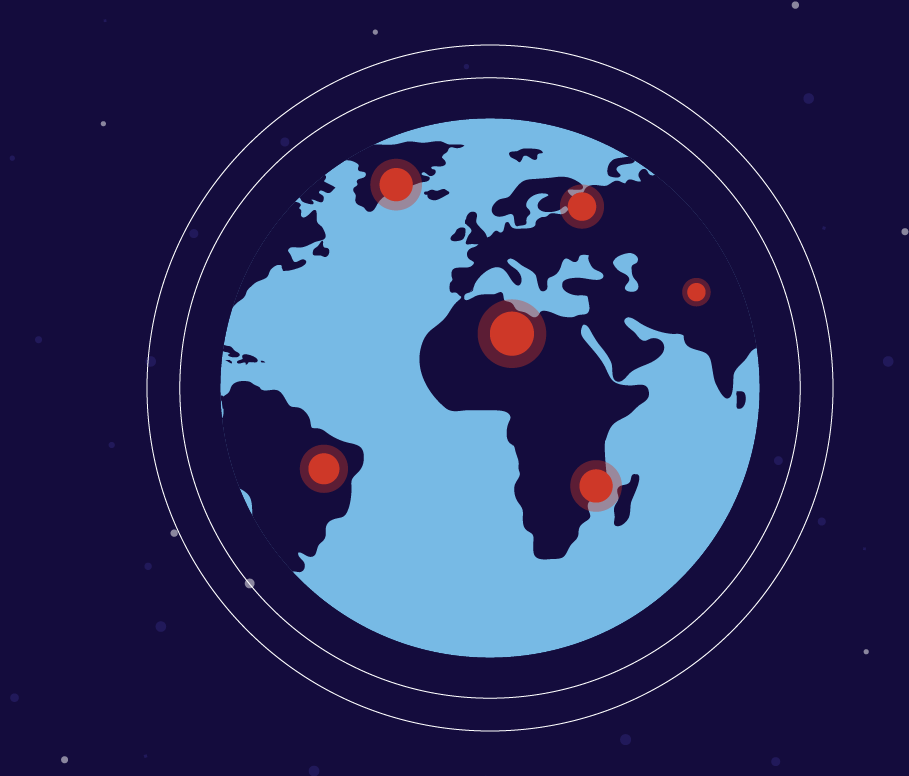Leading up to the World Health Assembly in May, IP Progress will be highlighting the complex barriers impeding patients’ access to life-saving medicines. The World Health Organization (WHO) wants to improve access to medicines, yet its work has often focused narrowly on controversial policies regarding intellectual property and the price of patented medicines. Global health leaders must ensure that the WHO tackles broadly the many obstacles that stand between patients and their medicines, such as poor infrastructure, inadequate health financing and taxes and tariffs. A shortage of trained health workers is another significant barrier.
As the world’s population continues to grow, the demand for health workers is estimated to far outpace supply levels needed to sustain adequate access to essential health services, treatments and medicines. The most recent projections predict a global shortage of 15 million health workers by 2030. World leaders should work to meet the global demand for health workers, as millions of lives depend on reliable access to health care.
Unfortunately, instead of addressing this alarming projection, the upcoming World Health Assembly’s (WHA) agenda narrowly focuses on how intellectual property protections may hamper access to medicines, despite research that proves otherwise.
The fact is that 90 percent of essential medicines are generic (i.e., not patented), but many people around the world lack access to these treatments and cures due to real, on-the-ground barriers – including a lack of nearby, trained workers. Study after study shows that access to basic health services and treatments reduces mortality, increases life expectancy and drives better overall health. One study found that within 42 countries that account for 90 percent of global mortality, 63 percent of child deaths could be prevented annually through better access to effective primary care.
Looking forward, some regions of the world will be more affected by the increasing health workforce shortages than others – most notably Africa and Asia. “An aging health workforce with staff retiring will exacerbate the current health worker deficits. The combination of low fertility rate and marked population aging may result in higher demand for health care but not enough young people [are] entering the profession or being adequately trained,” explains Dr. Indrajit Hazarika, Technical Officer of Health Workforce Policy in the World Health Organization’s (WHO) Western Pacific regional office.
Fortunately, work is being done to help meet the growing demand for health workers. In Mumbai, India, Swasth Health Centers aim to alleviate health worker shortages affecting low-income housing areas throughout the city. Through an innovative community-based care delivery model, Swasth provides inexpensive and reliable care to patients and families within the actual communities they live in, sometimes by even going door to door. Additionally, Swasth Health Centers train local women as community health workers who obtain patient feedback, educate on disease-related information, diagnose and detect conditions, and provide easy access to medicines.
Rather than devote its resources to undermining innovative treatments and cures, the WHO should invest its time and resources into proactive solutions to real barriers like strengthening health workforces around the world. It’s time to focus on educating younger workers, recruiting future health professionals and supporting educational institutions and technological advances (e.g., telemedicine, mHealth) to enhance the capabilities of the current workforce. Millions of lives depend on it.


